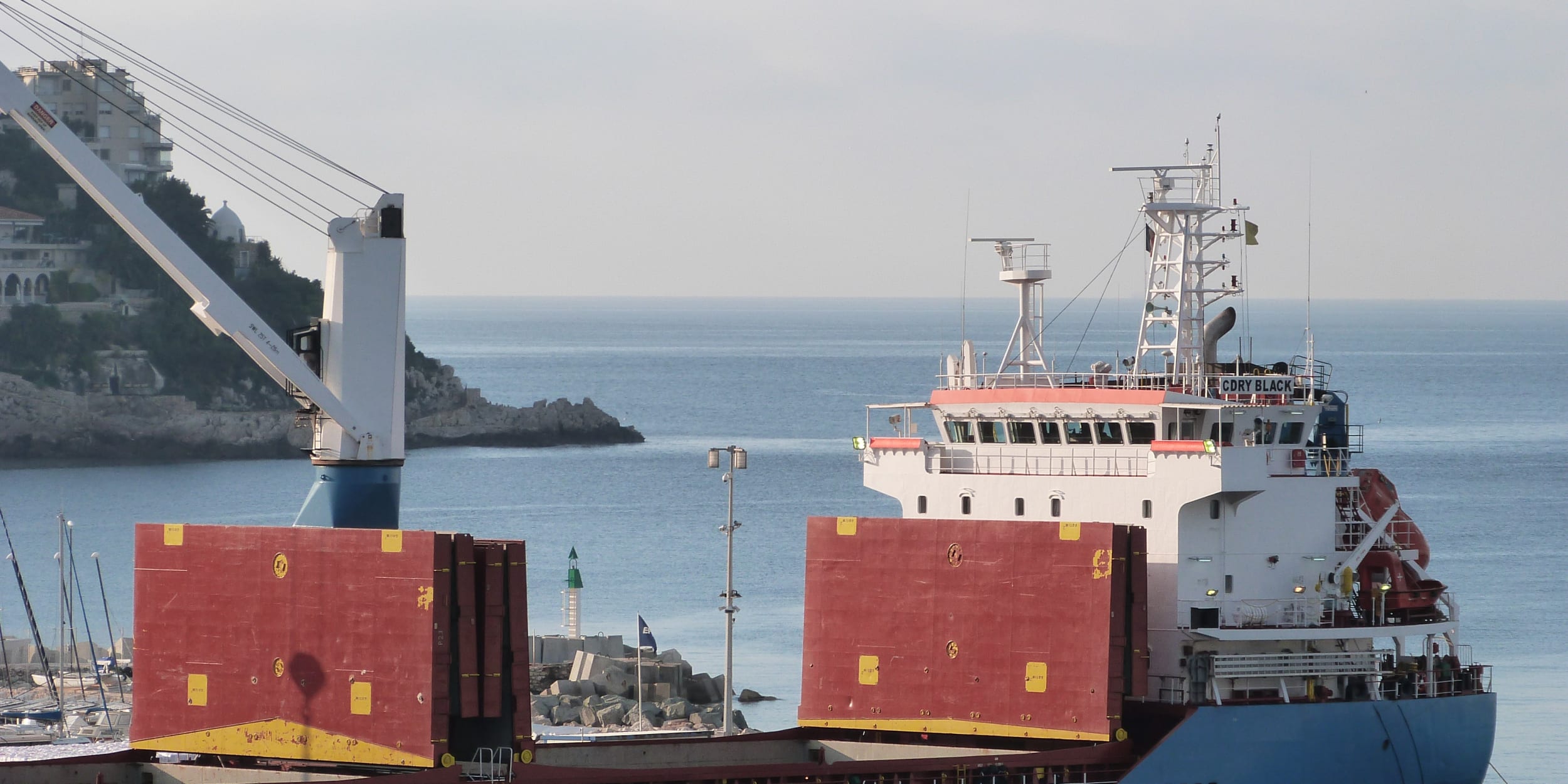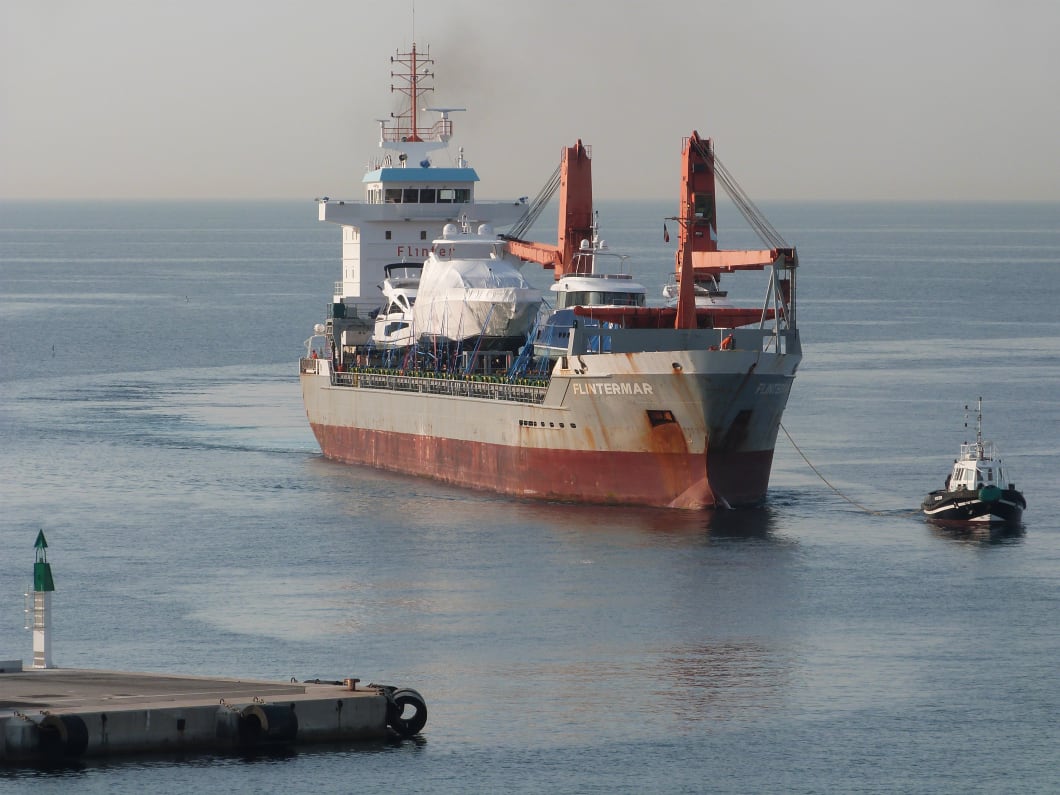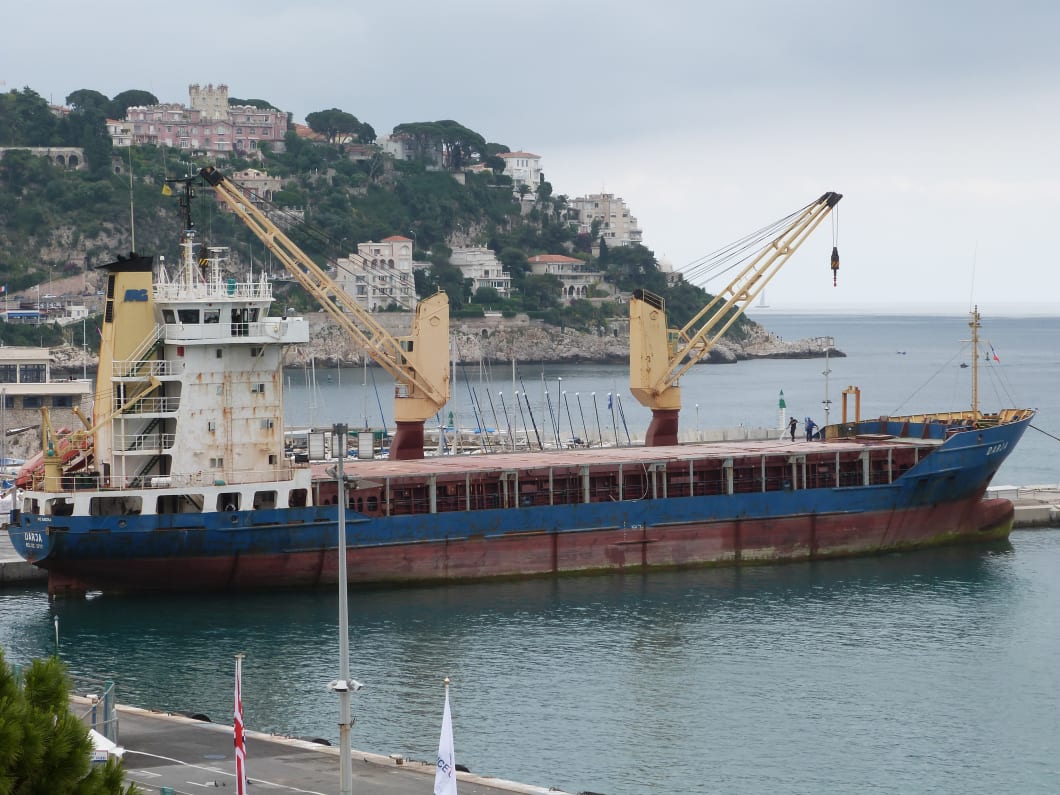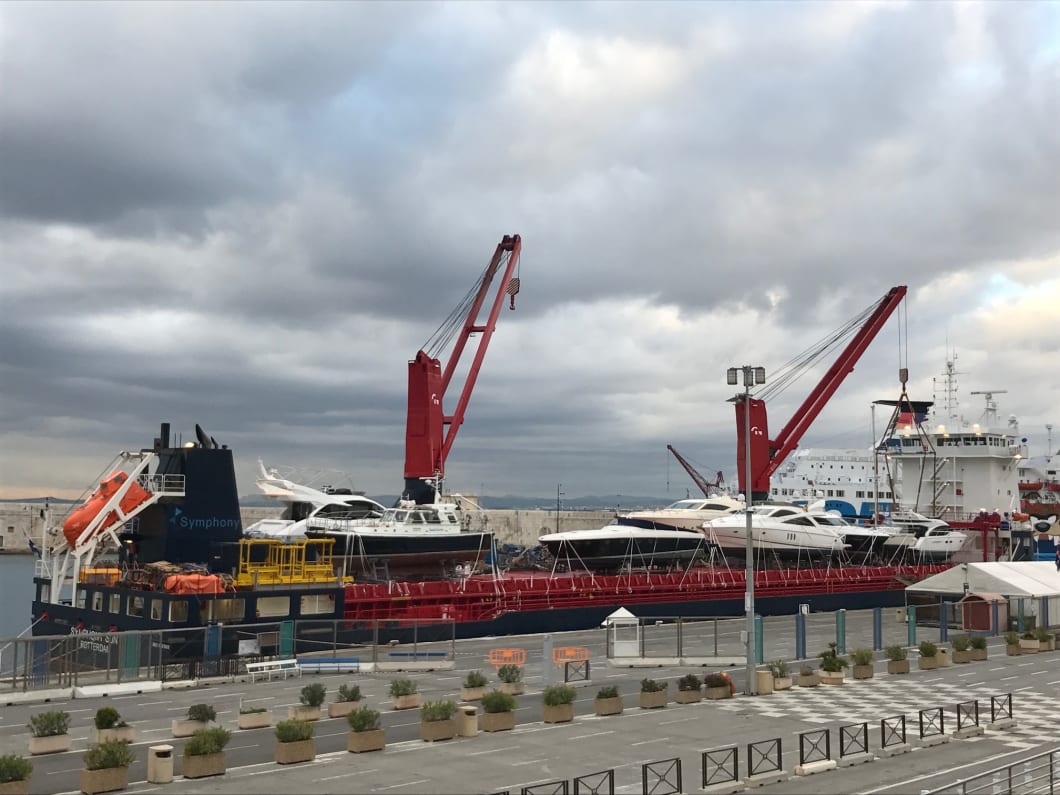
Sea Freight

Sea freight involves the transport of solid or liquid bulk goods, the transport of packaged goods (mainly in containers) or the transport of bulky goods.
Maritime transport includes long and short distance traffic.

For long distances, maritime routes are deployed according to the geography of trade, on an East-West Asia-America (transpacific), Asia-Europe and Europe-America (transatlantic) axis.
Short sea shipping, maritime cabotage or feedering are used for short distances. They are very useful for relieving congestion on the major motorways and are the subject of European projets of road-sea combined transport or "motorways of the sea" to ensure the modal shift from road to sea.
In France, most of these flows are handled by the 7 metropolitan ports of Dunkirk, Le Havre, Rouen, Nantes Saint-Nazaire, La Rochelle, Bordeaux and Marseille and in the 4 ports of the Overseas Territories.

In the Alpes-Maritimes, goods transport is organised in the ports of Nice and Cannes.
For the port of Nice, it is mainly the transport of cement to Corsica, France, Algeria, Libya, Italy and Spain. The port of Nice is, moreover, the first cement exporting port in France (data of 2018). Transport resulting from the activity of building and public works is also organised, as well as yacht transhipment or the transport of fireworks.
For the port of Cannes, it is mainly about supplying Lérins Islands.
Port Observatory
Atlas of port activities in the Alpes-Maritimes 2019
Freight, Ferry, Cruise and Coastal maps: pages 18-19
Franco-Italien Port Economic Observatory (map library) – Maritime zone
Freight transport map

